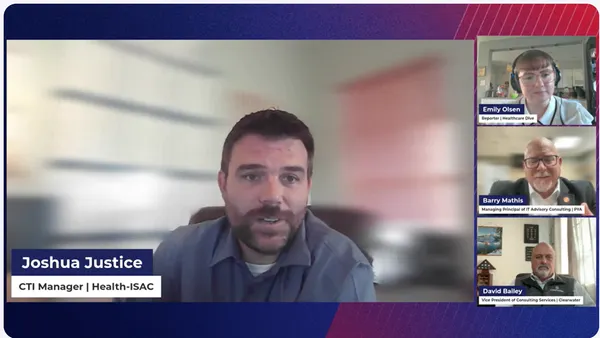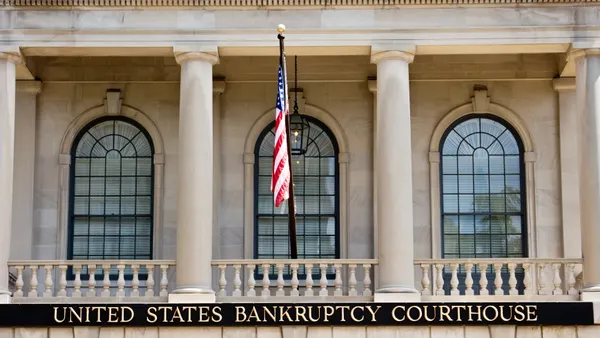Dive Brief:
- Nationwide, hospitals are struggling to deal with a shortage of an essential medical supply: saline solution. Manufacturers are rationing saline, a product used in hospitals to clean wounds, mix medications and treat dehydration, and drug companies say they won’t be able to catch up with demand until next year.
- Hospitals have developed new clinical protocols to conserve supplies during the shortage. Nurses at San Francisco General Hospital use smaller saline bags whenever possible, for example, and shift patients from IVs to drinking water from cups a little sooner than they did previously.
- The saline shortage is expected to extend through the rest of 2014, likely making it the most expensive drug shortage in history. FDA is actually importing saline from Spain and Norway to mitigate the problem, but that isn't sustainable since those countries must supply their own hospitals.
Dive Insight:
When influenza season hit harder than expected in January, hospitals needed lots of IV saline to treat an influx of dehydrated patients, and demand far exceeded supply. A bag of saline typically costs less than $2, but an FDA official said that manufacturing it is complex. It takes about three weeks to make one batch of normal saline from start to finish. The key challenge: ensuring the saline solution is sterile.
So a balance must be struck to ensure patient safety and an adequate supply. Some suppliers claim FDA's manufacturing quality standards are too burdensome and may be contributing to the shortage — and said they were already behind when flu season hit. But FDA found problems, including leaky bags and contaminants, that demanded saline recalls earlier this year.
What is happening now? Baxter and Hospira, the top two saline producers in the U.S., insist they are doing all they can to maximize production, with each accusing the other of contributing to the shortage. The cost of saline is steady for now, and hospitals are protected under contracts locking in prices through 2015, but that is likely to change. Suppliers already have signaled to the market their intention to boost prices dramatically. One industry expert thinks prices could double — or even triple.











